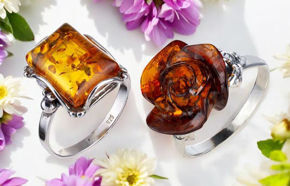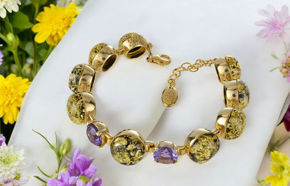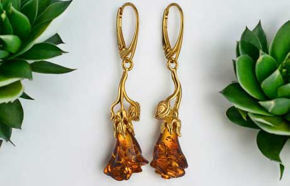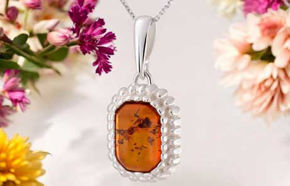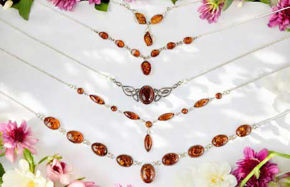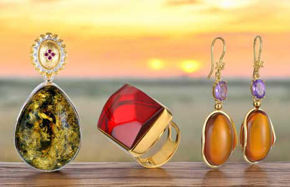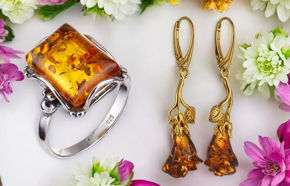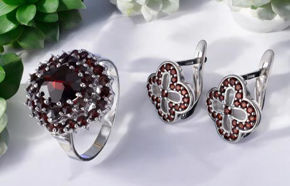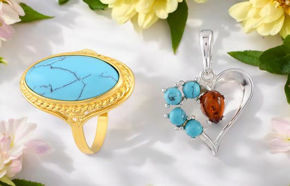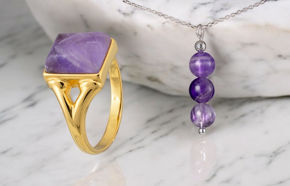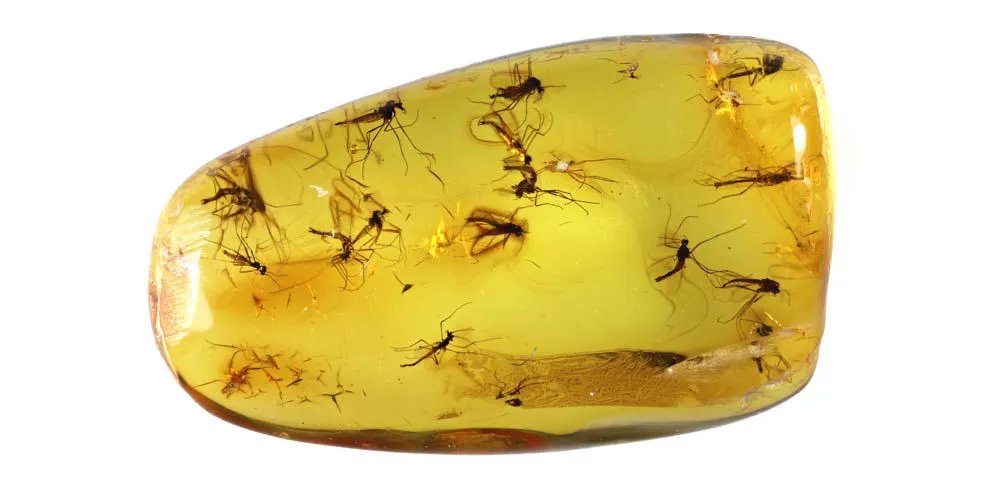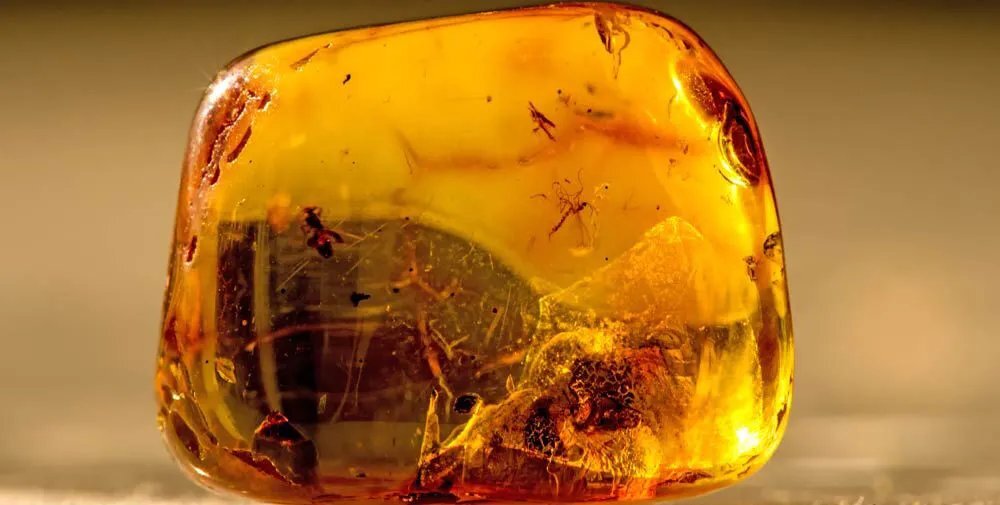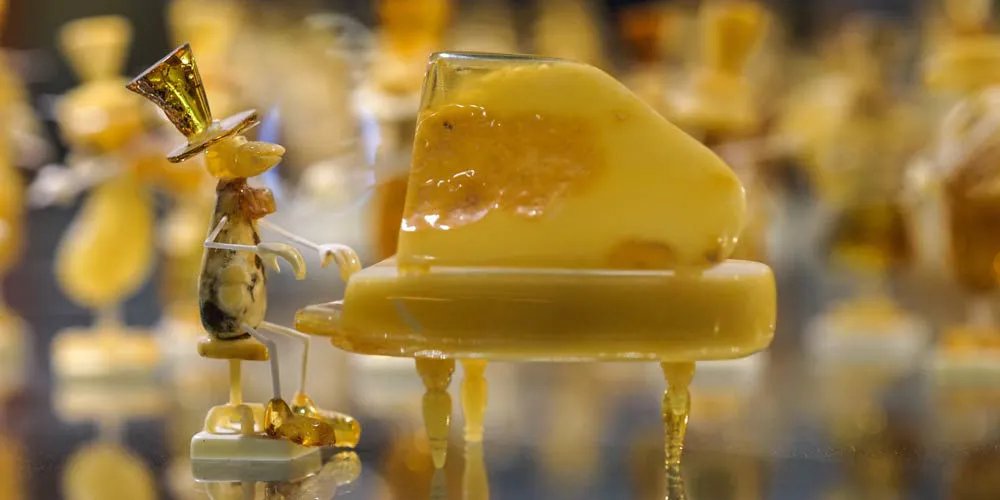You may think back to the early 1990s when Jurassic Park first opened in movie theaters. The scene where the miners find a mosquito trapped in amber, holding the DNA of those dead-long-ago dinosaurs sets the stage for all the chaos that will soon follow. While dramatic, amber really is capable of trapping all kinds of things inside of it. Amber is magical by the sight of it alone, but how it is created in nature adds an extra layer of fascination to its mysterious existence.
How Amber Begins Amber starts out as a resin. At this point, it is a flowing liquid of reddish hue that comes from damaged or diseased trees. There are a few types of trees that can make this resin that eventually goes on to become amber. However, it seems more rare because one tree in each area tends to be the one that creates the resin for these ancient amber fossilized relics. What Happens When Living Things Encounter Resin Animals are naturally more mobile than plants. When they come upon a flow of resin, they can become overwhelmed and get stuck. Granted this, typically happens to smaller animals, though larger ones have gotten swallowed up too. Most often, insects are caught up in the flow of resin. It might not catch these creatures right away either. Usually what happens is that only part of the bug or animal gets stuck. But as the resin flows, it can layer on the resin. Not everything that is found has a layered quality, but that is usually the case. With each wave of flowing resin, the animal becomes entombed within the resin and a part of the amber for eternity. For smaller animals, a large flow of this resin may be all it takes to engulf them. These have made for some of the most enchanting preserved fossils for everyone to admire. Once something is trapped in the resin, it will eventually polymerize, then harden. Perhaps the most fascinating thing about this is that no one seems to completely understand the chemistry behind it. When the temperature and pressure are just right, this resin will turn into copal, a semi-fossilized substance. After that though, scientists tend to argue on when resin becomes copal and further, when copal becomes official amber. Copal, it should be noted, is often used as a fake for amber. You can easily perform a few simple tests to determine if you’ve got real amber or a fake like copal.
Fossils and Amber Thinking of regular fossils like you’d see at the museum, there are no soft tissues preserved in them. But in 2005, blood cell remnants were detected by paleontologists within a dinosaur fossil that was nearly 70 million years old. Amber when fossilized, however, can quickly dehydrate the animals it traps. Sometimes, this process can keep those soft tissues intact, like the nervous system or brain, revealing fascinating clues about the past. While that’s certainly exciting, DNA has been extracted from ancient animals found within amber. Back in the 1990s, researchers revealed that they had recovered DNA from different animals and insects that were preserved in amber. Bees, beetles, and more that were over 100 million years old all defied the previous declaration that DNA couldn’t survive beyond 1 million years. A closer look would find that this excitement was premature, for one researcher in 2013 found that the DNA that was so celebrated in the 1990s were merely contaminants. This wasn’t ancient DNA, a huge letdown for researchers. Those early studies were premature simply because the PCR sequencing technique that was used back them would detect long DNA strains. Essentially, any DNA that was in the laboratory for any reason was picked up and accidentally amplified. Now with new methods in place, it’s easier to detect those ancient strands. Most of them are more likely to be tiny and broken into pieces. Unfortunately, no ancient DNA has been picked up using modern methodology for detecting it. Perhaps it’s best that we can’t revive the primitive creatures of the past. Instead, we can focus on amber and amber jewelry. This coveted gem is amazing even without having a fossilized relic from ancient times captured within it. As amber jewelry comes in different colors and forms, it will be a treasured item in your collection. Heirloom amber jewelry will last for generations, and perhaps somewhere in the future, they’ll have more to reveal about its mysteries. For now, if you’d like to get real amber, always make sure you buy it from a trusted source. You should receive certificates of authenticity with your amber purchase so you can know it is real amber and not copal or another fake. Will you get a fossil within your amber jewelry? Probably not, though you will be getting your very own ancient stone to connect you to the earth. Amber is a magnificent stone, something that lets you take a bit of history with you wherever you go. The way it looks in the light and how no two pieces are ever identical makes it a truly splendid way to let someone know you care. Give someone the gift of amber jewelry and let them carry the past into the future with them for any occasion!
|
Cookies help us deliver our services. By using our services, you agree to our use of cookies. Learn more

